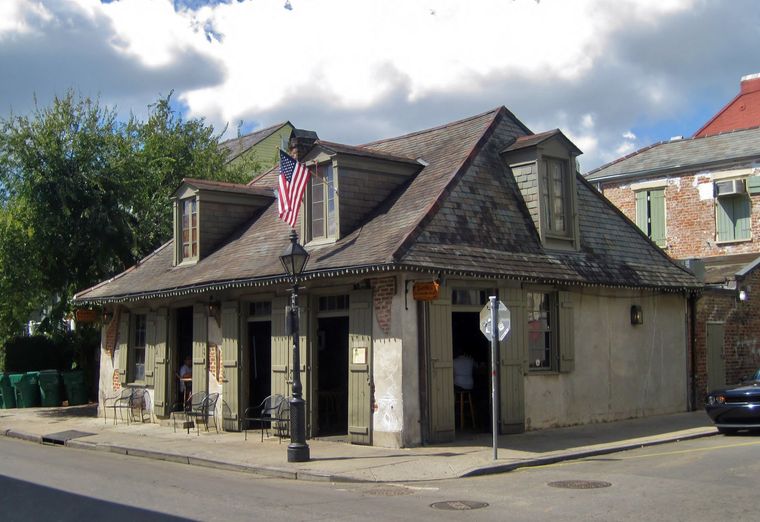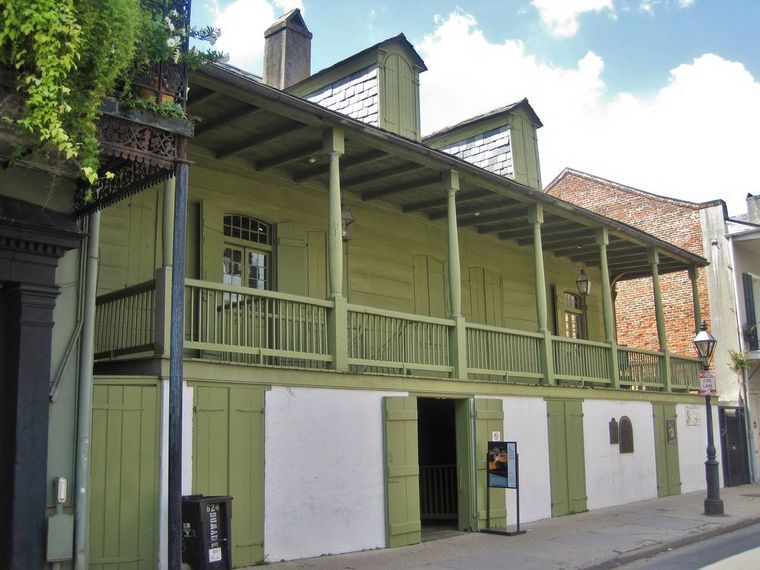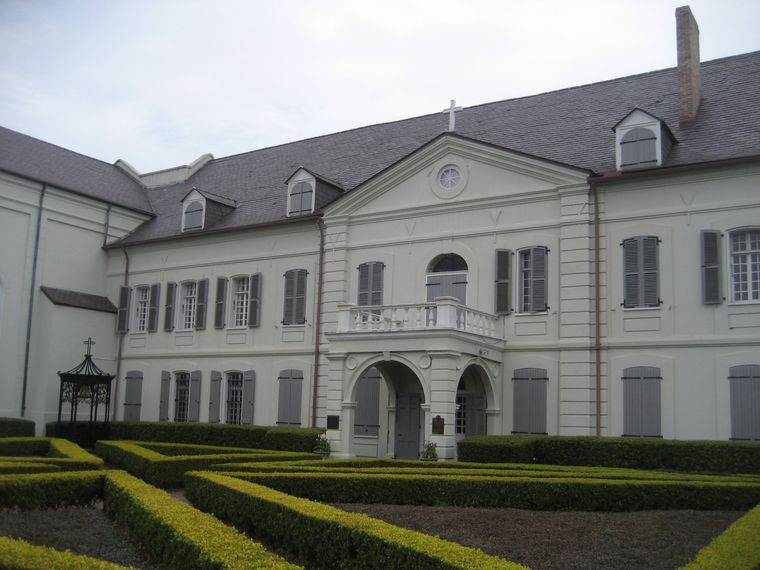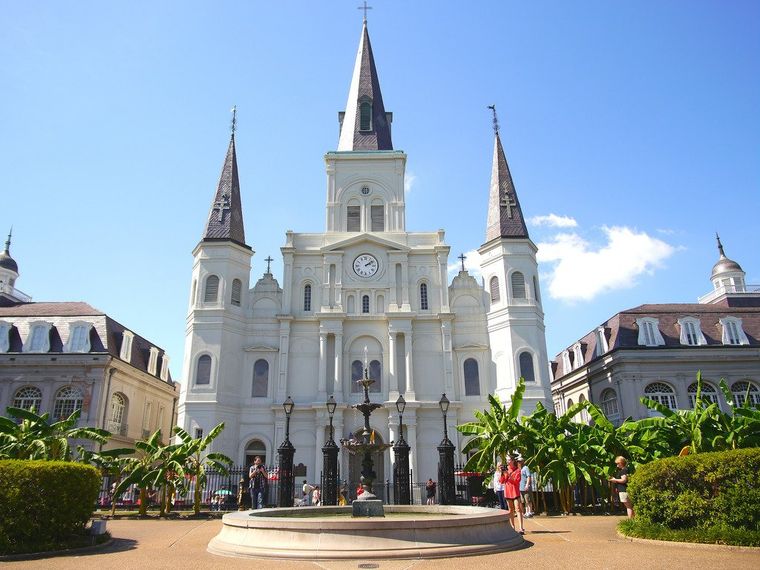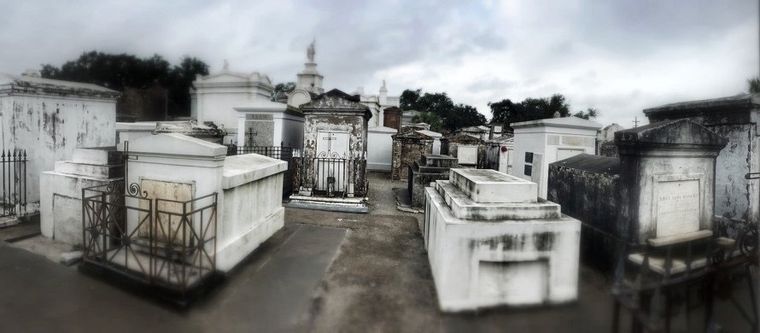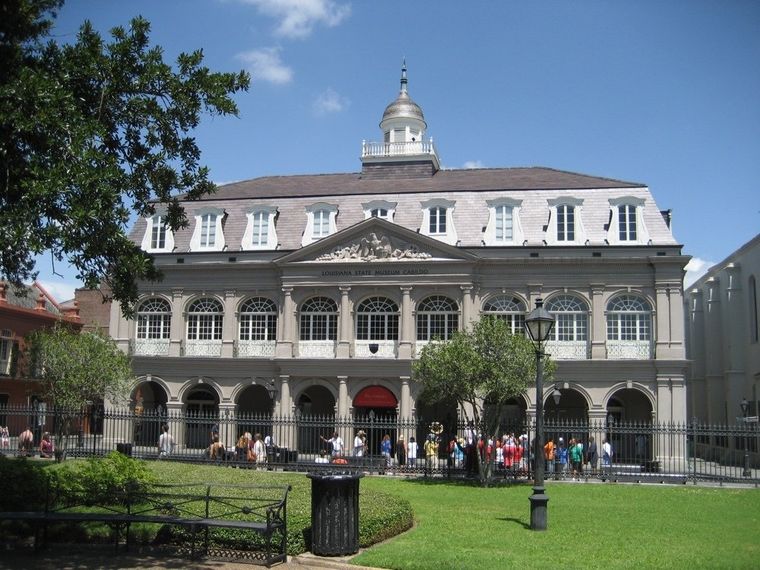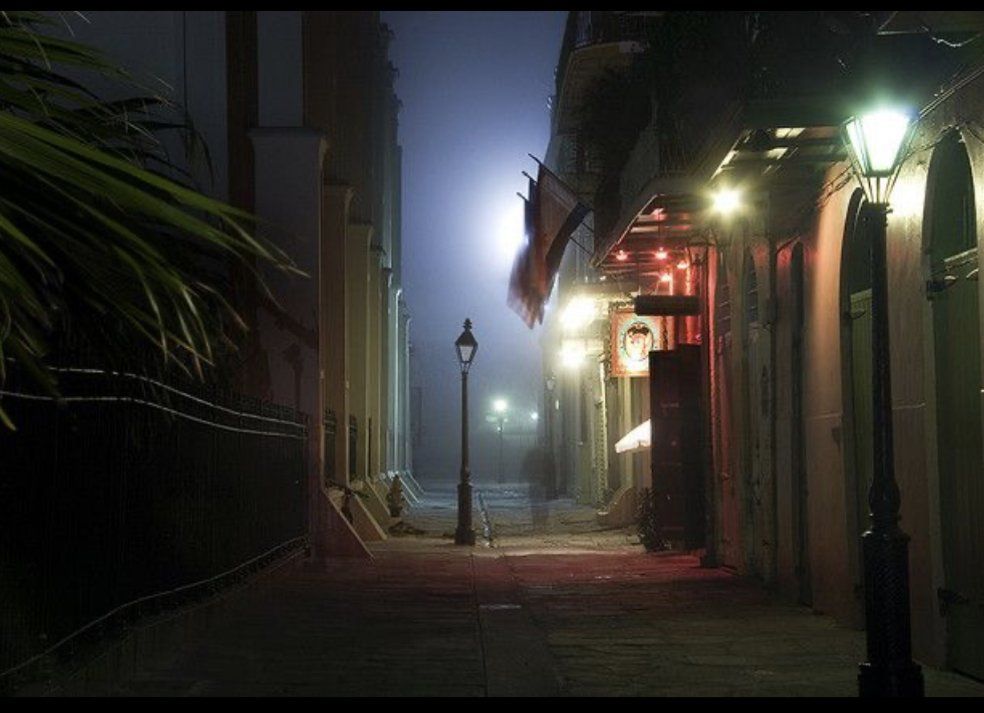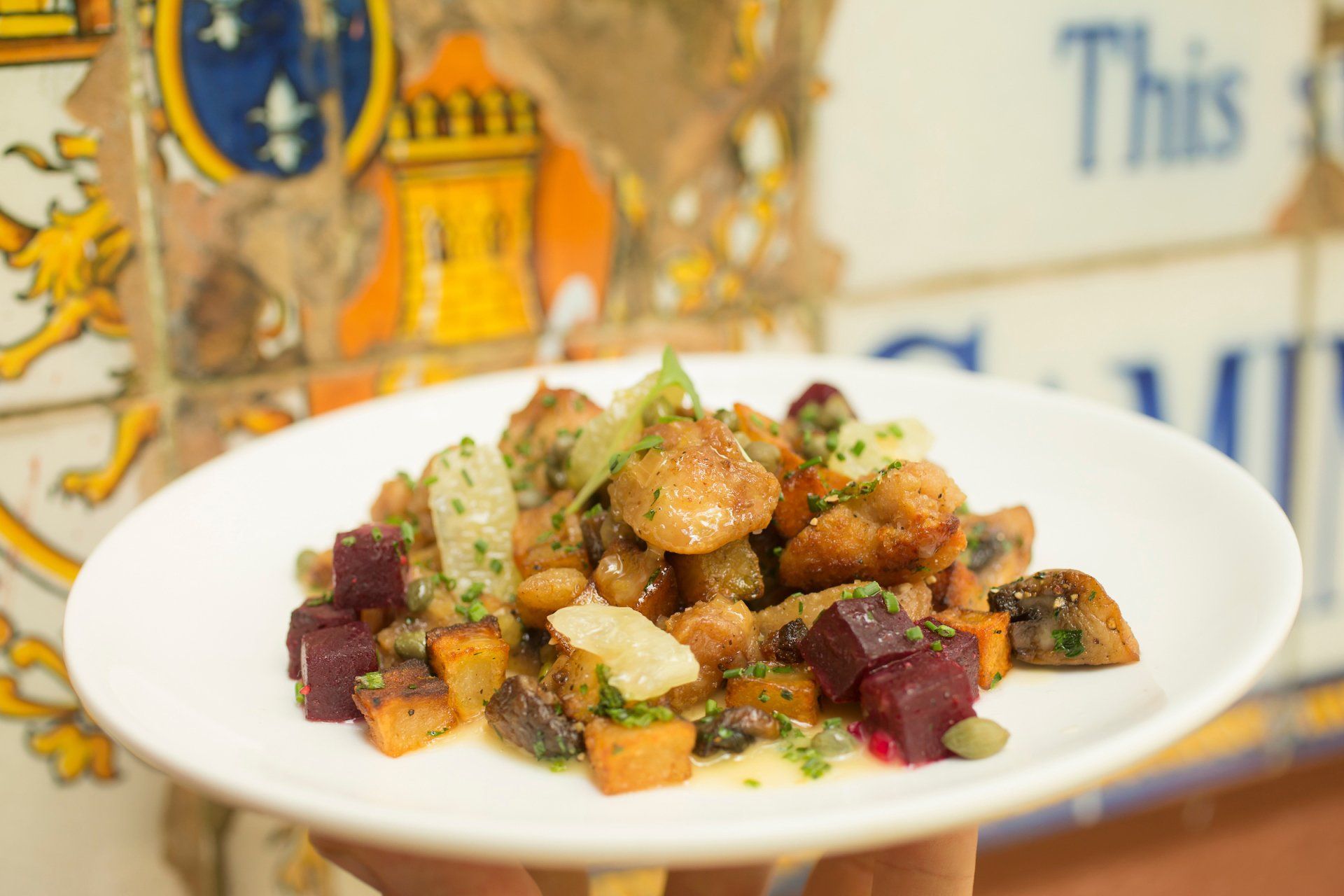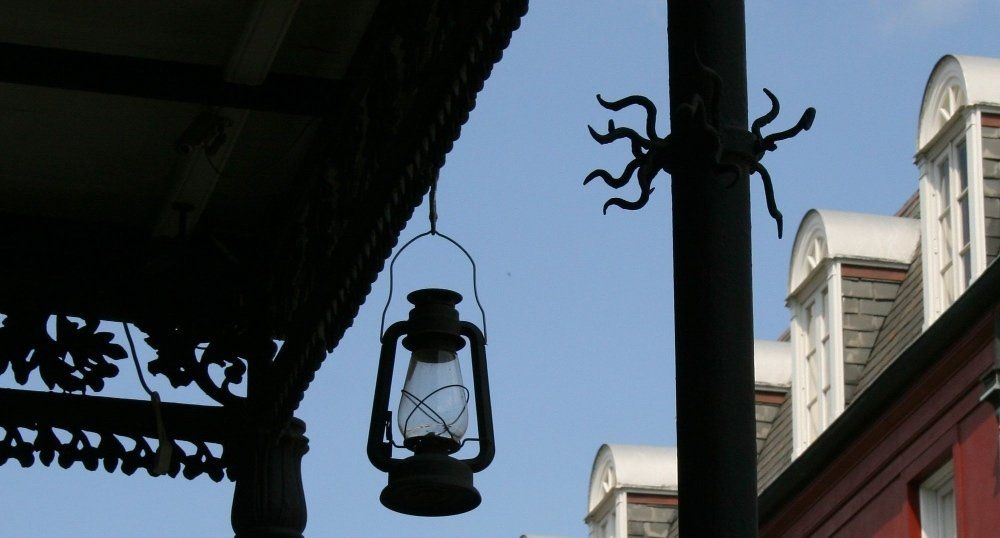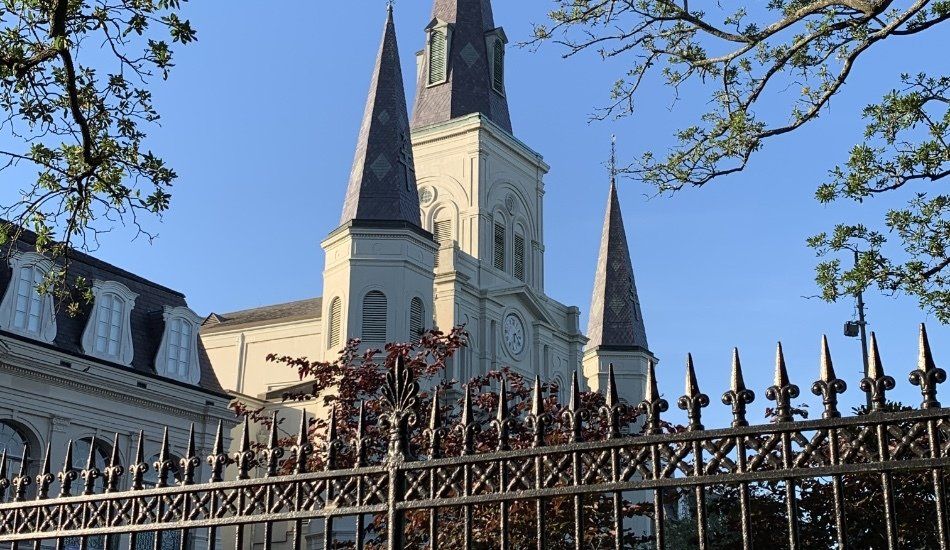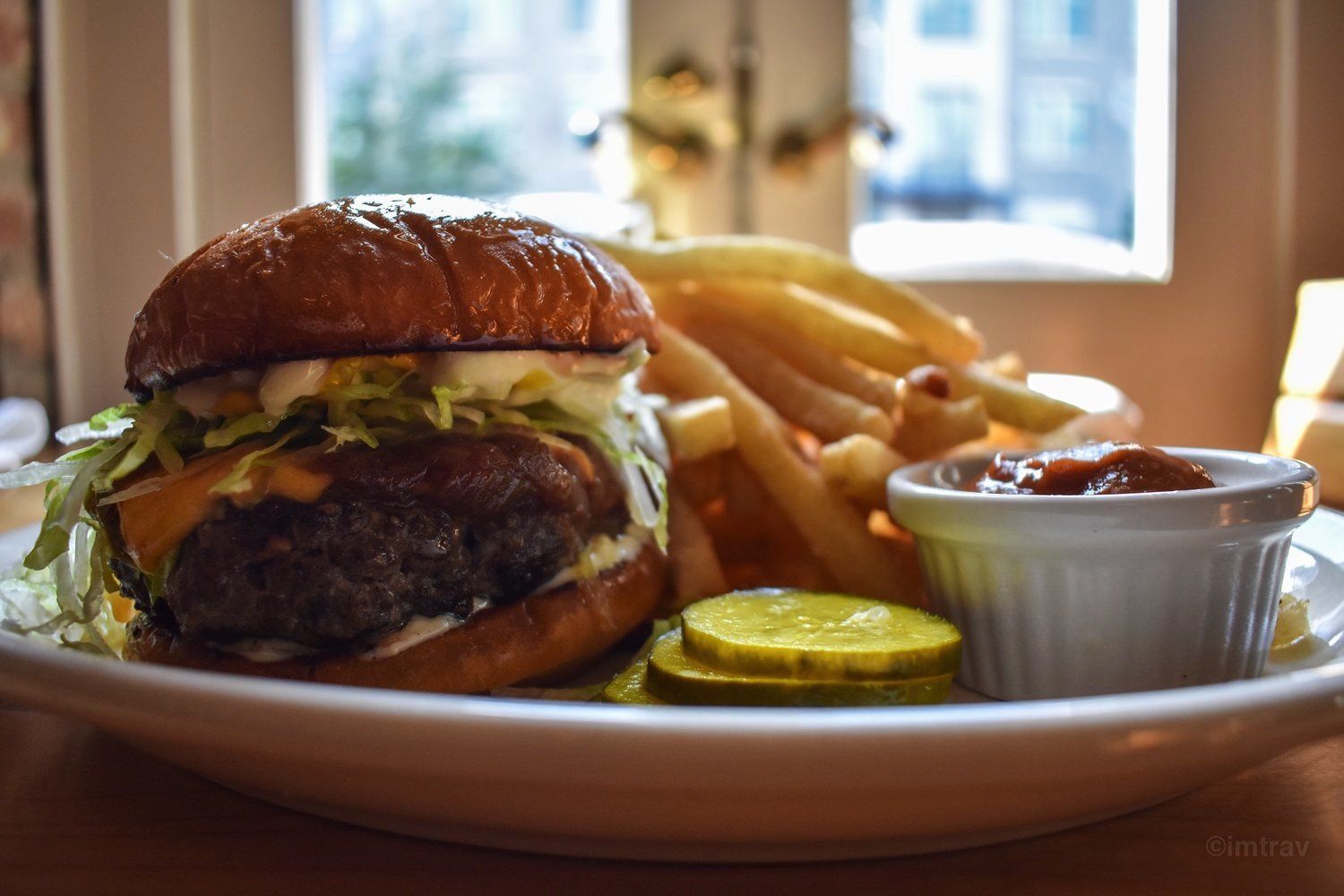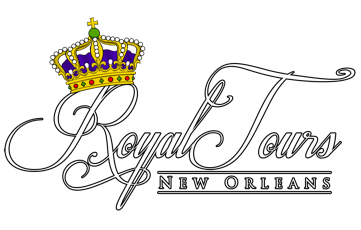The Oldest Buildings in the French Quarter
Royal Tours New Orleans • August 8, 2017
The Oldest Buildings in the French Quarter
New Orleans was founded in 1718 by Jean-Baptiste Le Moyne de Bienville, who, following disagreements with the chief engineer of the colony, Pierre Le Blond de La Tour, ordered an assistant engineer, Adrien de Pauger, to draw up plans for the new city in 1720. In 1721, Pauger drew up the eleven-by-seven block rectangle now known as the French Quarter or the Vieux Carré. Unfortunately, there are few buildings that date to that time due the Great Fire of 1788 and a subsequent fire in 1794. But, we still have many buildings that date back to the late 1700s. And, as you might expect in New Orleans, one is a bar…
Jean Lafitte’s Blacksmith Shop
This building located at the corner of Bourbon and St Philip Streets dates to 1722 and gets its name from the famous pirate who supposedly used the building to run some of his smuggling operations through. It now lays claim to being among the oldest buildings in the French Quarter and also to being the oldest continually operated bar in the US. The owner even refused to close during Katrina!
Madame John’s Legacy
The original structure on this site was destroyed in the Great Fire of 1788, but what makes this building notable is that it was rebuilt in the original French style as opposed to the more common Spanish style at the time. Recall that New Orleans was under Spanish rule from 1762 until just prior to the Louisiana Purchase in 1803. The house was once owned by Renato Beluche, a French immigrant and wigmaker, whose fifth son, Rene Beluche, would go on to be a compatriot of Jean Lafitte.
Booking a private tour with Royal Tours
is like having a new best friend in the Quarter. Call us at 504-507-8333 or email us.
Ursuline Convent
Completed in 1751, the Ursuline Convent is designed in the French Colonial style. It has operated as a convent, a girl’s school, and as the archbishop’s residence. It is also the source of many stories of hauntings mainly due to the arrival of the Casket Girls. It barely survived the fires of 1788 and 1794, no doubt, due to the fervent prayers of the resident nuns.
St Louis Cathedral
The original church on this site was one of the first buildings erected in 1718 upon the founding of New Orleans. That building, like so many others, was destroyed in the Great Fire of 1788. The church was rebuilt and then expanded several times over the years. The current structure mostly dates to 1850, and is the most iconic building in New Orleans. The cathedral is open to the public during the day.
St Louis Cemetery No 1
The city’s most famous burial ground was established in 1789 after New Orleans underwent rebuilding from the 1788 fire. Replacing the earlier St Peter Cemetery in the French Quarter, St Louis Cemetery #1 once occupied an area much larger than its current footprint. The variety of mausoleums arrayed on cramped and meandering paths is an amazing sight to behold. It houses the second most visited grave site in the US, that of Marie Laveau, second only to Elvis Presley’s grave at Graceland in Memphis TN. It is also the resting place of many other notables including US Capitol Building architect Benjamin Latrobe, Homer Plessy of Plessy vs Ferguson fame, world chess champion Paul Murphy, and possibly even Delphine Lalaurie, the notoriously cruel slave owner and character in American Horror Story, Season 3. It was also featured in the movies The Cincinnati Kid and Easy Rider.
The Cabildo
Built in 1775 and restored after the 1788 fire, the Cabildo has had quite a varied history. Originally built as the seat of the Spanish colonial government in New Orleans during the period of Spanish rule, the building has also operated as the Spanish court house, a jail, the site of the Louisiana Supreme Court, and now as a museum. It was also the site of the Plessy vs Ferguson case prior to the U.S. Supreme Court hearing, and it was the site of the ceremonial signing of the Louisiana Purchase in 1803.
To learn more about the rich history and architecture of the French Quarter, join Royal Tours
for our fascinating French Quarter History Tour. Call for large group discounts or book one of our highly regarded private tours for just you and your friends or family. We will tailor the tour to your interests, and you will have exclusive access to the guide for the duration of the tour. This is a great way to learn insider secrets of the French Quarter from our resident tour guides. Booking a private tour with Royal Tours
is like having a new best friend in the Quarter. Call us at 504-507-8333 or email us.

N orma Wallace, a name that evokes intrigue and fascination, was a prominent figure in New Orleans during the early and mid-20th century. As a powerful and resourceful madam, she operated a network of brothels that thrived despite the constant threat of law enforcement. Beginning in 1920, she would operate brothels for the next 45 years, a span that has not been beaten in the history of New Orleans.
